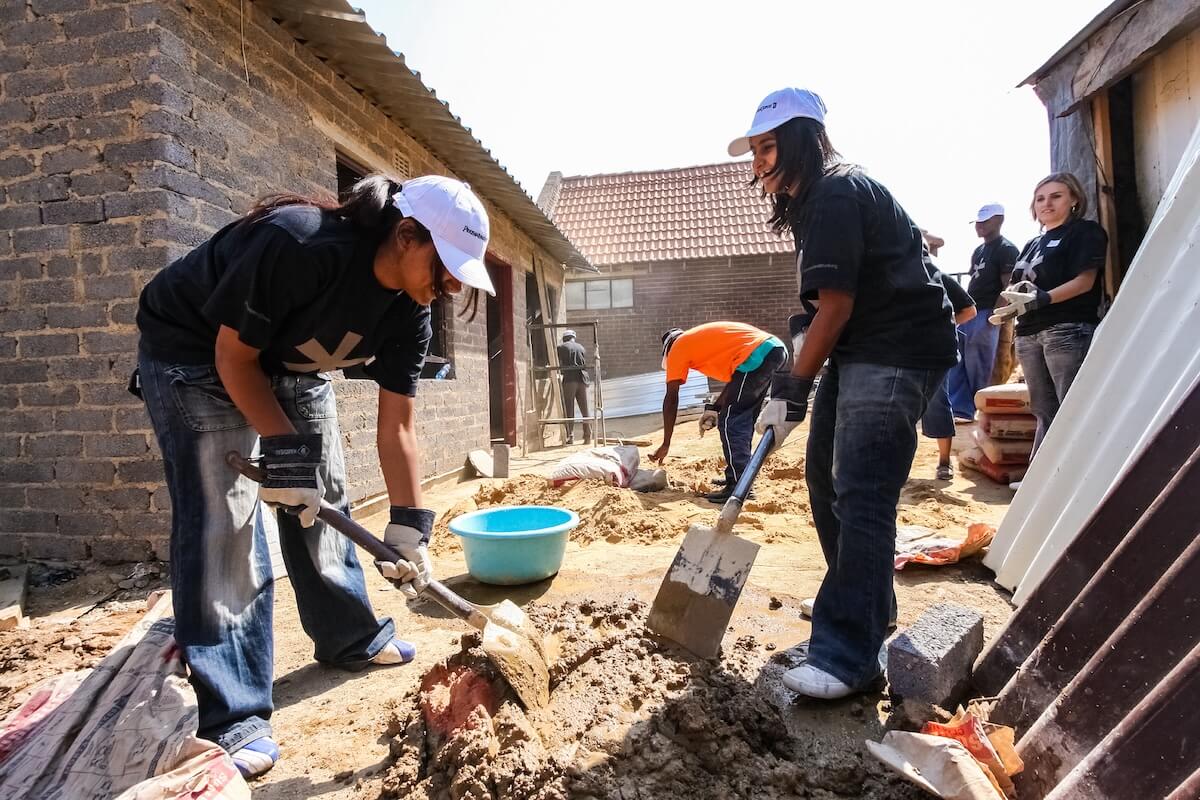“Those promising comfortable market-rate returns while solving global poverty are the equivalent of diet gurus promising that one can lose weight while eating limitless amounts of chocolate cake.”
In the year-and-a-half since my Ceniarth co-director Greg Neichin and I wrote about the tension between investing in difficult, underserved markets and the desire of many in the impact investing community not to sacrifice commercial returns, we have ventured further in pursuit of opportunities to support marginalized communities, both in developed and developing regions. We have only become more convinced that trade-offs between impact and return are real and unavoidable.
Those of us with the privilege and responsibility of stewarding great wealth must confront this reality. If we genuinely wish to deploy capital in ways that will support people and places that are being left behind by market forces, than we cannot delude ourselves into believing that we can have it all.
The good news is that there are many of us fortunate enough to not need it all. If you are rich today and invest in a manner that generates deep impact, and returns your capital with a yield in line with inflation and reasonable expenses, you will still be rich tomorrow.
My goal over the next 10 years, and our goal at Ceniarth, is to move 100% of our family’s assets into what we internally call our “Impact-First Capital Preservation” strategy.
Of course, if your goal is growing richer or, more accurately, ensuring your returns are correlated with the market, then this strategy will be unappealing. If, however, maximizing impact while preserving your money is your goal than we hope to prove that this is very much a viable strategy.
This shift will mean a significant change in how we manage our three, internal investment strategies. We plan to divest from what we label internally as “Responsible Investing.” This strategy within our portfolio has consisted of managers that will be familiar to almost everyone in the impact investing sector seeking market-rate returns: Generation, Boston Common, Bridges, Bain, and the like. With the rapid growth of investment product addressing this desire, this has been an easy allocation to fill and has been an effective way to park a majority of our assets while we shaped our long-term strategy.
We will continue to support the most progressive of our three strategies, which we label “Programmatic.” These are transactions where the risk of capital impairment and loss is quite high. Pilot lending to nascent, developing-market agricultural endeavors; or small, new funds targeting novel concepts or fragile enterprises. These are critical investments to make, but we cannot credibly underwrite them believing that our capital will be returned. Many of these we make as PRIs (program-related investments) from our foundation. Some subset we may pursue from my personal, unrestricted assets.
Between these two strategies – one that seeks market-rate returns and one that has very limited expectations for returns – we have found fertile ground with a middle way. We now have a growing portfolio of investments that we label as “Impact-First Capital Preservation.” (Note: we have no desire to coin new industry terminology. These labels are a useful way for us to differentiate our strategies internally; if they are helpful to you, do use them.)
This is a portfolio of managers and direct investments that supports enterprises directly serving demonstrably poor and underserved communities. Because of the nature of serving these populations, these investments rarely (although, not never) deliver returns that would satisfy investors looking for a market-rate, risk-adjusted return.
While returns from this segment may be modest, we have come to believe that they can be predictable. Often the perceived risk of these investments is overstated, as in the case of providing credit to small farmers, or misunderstood, as in the case of lending to non-profit enterprises.
Financing for smallholder farmers has high impact and low margins
In addition, through a variety of mechanisms – first-loss guarantees, grant-based technical assistance, flexible development institution financing – the real risk of many of these investments can be mitigated and capital preservation ensured.
Examples in this portfolio of investments include social enterprise fund managers such as Global Partnerships, GroFin, Water Equity, and Root Capital. We have direct lending activity to a large number of maturing enterprises – EFTA, Comaco, Juhudi Kilimo, among others – that we have high confidence will be successful.
Emerging-markets impact investors turn away from small businesses, at their peril
In addition, we are in the process of underwriting a number of loans to community development financial institutions in the United States working in areas of persistent poverty. While returns are limited by the challenges of the places that they work, these CDFIs have decades of experience returning investors money.
Finally, there are a set of fund managers that are delivering returns that would be attractive even to “conventional” impact investors – Advance Global Capital, Microvest, Lendable, Community Investment Management, and others. Because of the integrity of their approach and the real impact that they achieve on the ultimate populations that are reached, we will continue to label these as “Impact-First.”
I am not a moralist about those that seek to grow rich or richer. At some point, and that point will be different for everyone, there is no marginal utility from another dollar in your bank account. I have the privilege of doing what I do because my father was very good at making money. The choice is now mine, though, to use my capital to its highest impact.
For me, the most responsible choice I can make is to abandon the need to make more money, while trying to preserve and recycle it to do future good.
Diane Isenberg is the founder and director of Ceniarth, a single-family office focused on funding market-based solutions that benefit underserved, rural communities.











